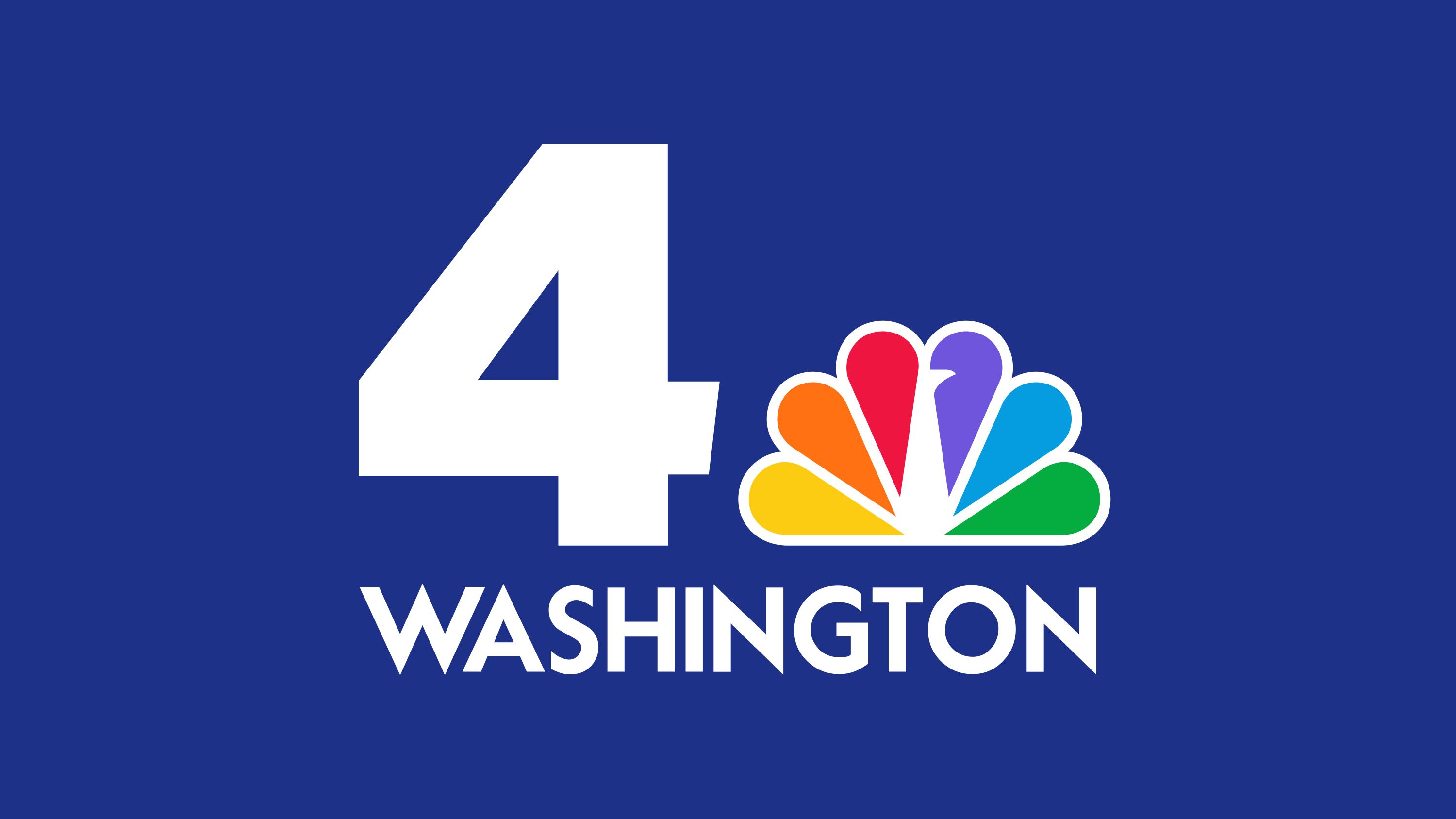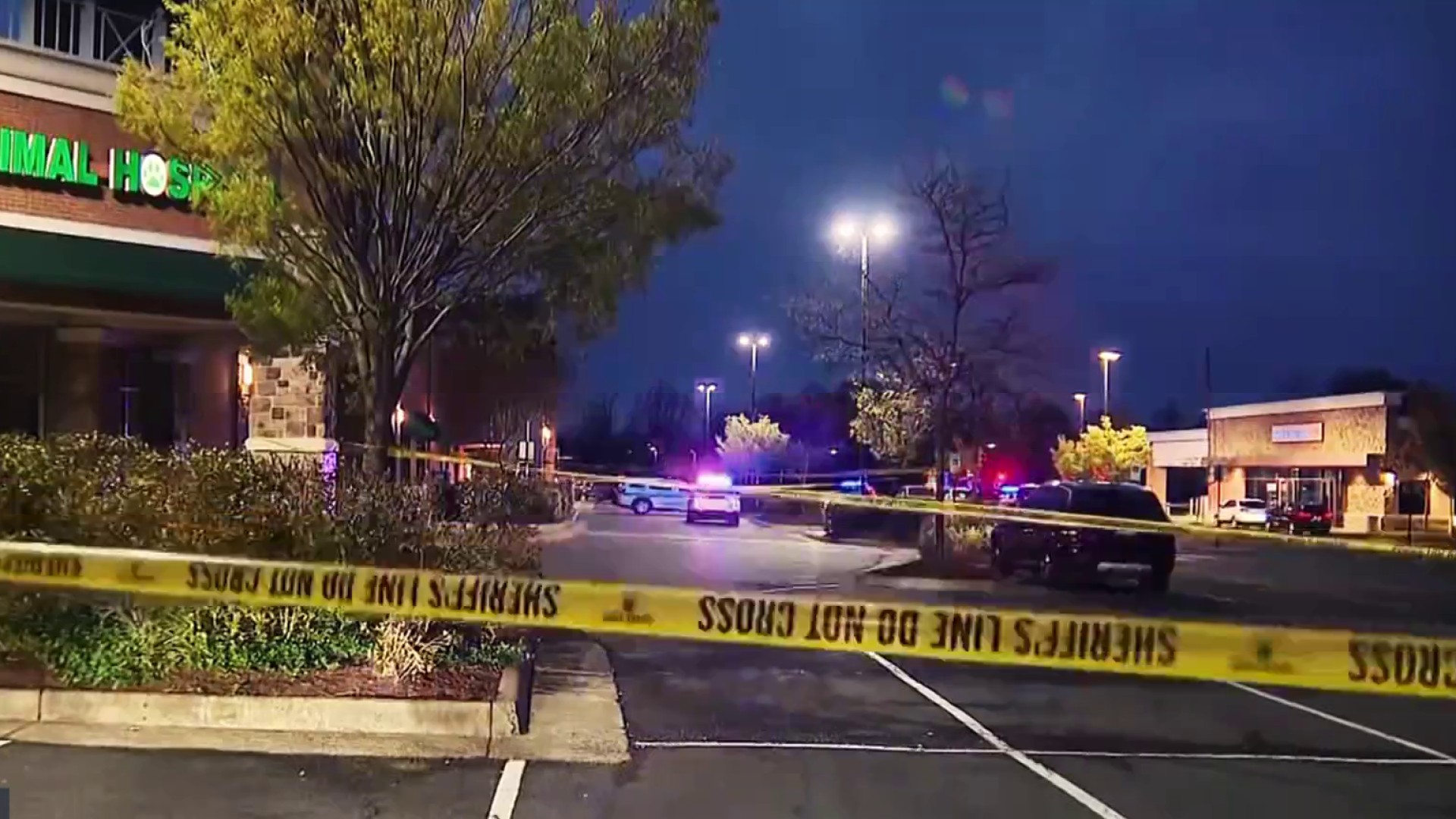News4’s Pat Collins spoke with the “brave” survivors in the epicenter of the D.C.-area earthquake.
Mother Nature gave many people in the D.C. area an odd wake-up call Friday morning as a minor earthquake shook the region.
Preliminary reports from the USGS said it was a 3.6-magnitude earthquake at 5:04 a.m. The epicenter was located near Germantown, Md., but was felt across the entire region, including in the heart of the District. Click here to see what the exact location is, according to the USGS.
From the USGS website:
- Location: 39.167°N, 77.252°W
- Depth: 3.1 miles set by location program
- Region: Potomac-Shenandoah Region
- Distances: 10 miles NW of Rockville, Md.; 15 miles ENE of Leesburg, Va.; 20 miles NW of Washington, D.C.; 45 miles WNW of Annapolis, Md.
The USGS categorized the quake as "minor." However, the USGS said it was the largest recorded earthquake within 50 kilometers of D.C. since a database was created to track activity in 1974, according to NBC's Jeff Rossen.

The USGS later reported that a 2.0-magnitude aftershock was reported about 8.5 miles away at 5:16 a.m. in the area of Barnesville Road in Boyds, Md. Also Friday morning, a 1.6-magnitude quake was reported near Rosman, N.C.
According to the Maryland Geological Survey, a 3.4-magnitude earthquake with an epicenter of 6 miles west of Lancaster, Pa., was felt in Maryland in 2008. And in December 2003, a 4.5-magnitude quake shook the area. That quake's epicenter was 28 miles west of Richmond, Va., in rural Powhatan County, Va. The Washington area had a 2.5-magnitude quake in 1997 that was within 25 to 30 miles of Friday's and a 2.3-magnitude quake in 1996 that was within 15 miles. One earthquake larger than a magnitude 5 was recorded in the area in 1897, and it's possible one might occur in the future, but it would be an extremely rare event, said USGS geophysicist John Bellini. Earthquakes in the area occur on fault lines called intraplate faults because, unlike California's San Andreas fault and others, they are not on boundary lines between the six or so large plates that make up the Earth's crust.

There have been no reports of serious damage or injuries with Friday's quakes. But it certainly got people out of bed early. To many it sounded like a large truck rumbling down the street or perhaps thunder.
"We felt the quake all the way out in Howard County," said one e-mailer named Marcus. "It lasted for about 20 seconds and started as others reported -- a very audible, low rumble and then shook the house, rattling doors and windows on the upper level for what seemed like quite a time."
The Montgomery County Public Safety Center and Police 911 operators received more than 200 calls from residents in the 15-minute period following the quake. Click here to listen to a Montgomery County 911 call from a concerned citizen.
Local
Washington, D.C., Maryland and Virginia local news, events and information
Police in D.C. and Montgomery County said they received many calls from residents Friday morning, but none for injuries or damage. Water, gas and electric utilities reported no problems to the District of Columbia Department of Homeland Security, which said streets were clear and the subway wasn't affected. Crews did go out to inspect bridges, however, to check for damage.
The quake was felt in D.C., Virginia, West Virginia and southern Pennsylvania, as well.
"I heard a sustained rumbling, like the sound of thunder or a low-flying helicopter," said Nancy Kochli of eastern Culpeper County, Va. "I did not feel it at our home, but I distinctly heard it. It was loud enough to wake me from the half-sleep right before my alarm went off."
Geology student Gerasimos Michalitsianos, a senior at the University of Maryland, was sitting on his couch looking at e-mails when the 3.6-magnitude temblor occurred, he told the Associated Press.
"I didn't actually know that I was in an earthquake," said Michalitsianos, who is studying postseismic relaxation, how the ground changes following major earthquakes.
Michalitsianos said he only found out he'd been through an earthquake when he looked online.
"It was a rare treat to see an earthquake occur here on the East Coast and to actually feel it," he said.
One person who didn't notice it: President Barack Obama. The press corps made sure to ask him during a press briefing Friday morning. It went a little something like this:
Q: Did you feel the earthquake, Mr. President?
The President: I didn’t.
So there ya go.
Rep. Darrell Issa, R-Calif., joked on Twitter, "Small earthquake in DC this morning ... someone must have dropped a copy of ObamaCare," the president's health care legislation.
Click here to read more descriptions from those around the D.C. area, and here for a recap of what people speculated it might have been.
The USGS wants to know if you felt the quake. Click here to let them know, and while you're there check out where all of the responses so far have come from. The "Shake Map" is also a pretty cool look at the earthquake's impact.
So, will there be aftershocks?
"It's possible to feel smaller aftershocks, and they are normally smaller than the original earthquake," said USGS geophysicist Jessica Sigala . "But they should die out in a few days."
Sigala also said scientists don't know what caused the quake, but this will help them in the future.
"We all know the San Andreas fault by name," she said. "But over here, they don't happen very often. So this one will help us (find the fault lines in this area)."
Stay with NBC4 and NBCWashington.com for more information.
Fan, Follow and Text: Get the latest from NBCWashington.com anytime, anywhere. Follow us on Twitter and Facebook. Sign up for our e-mail newsletters and get breaking news delivered right to your mobile phone -- just text DCBREAKING to 622339 to sign up. (Message and data rates may apply.)



